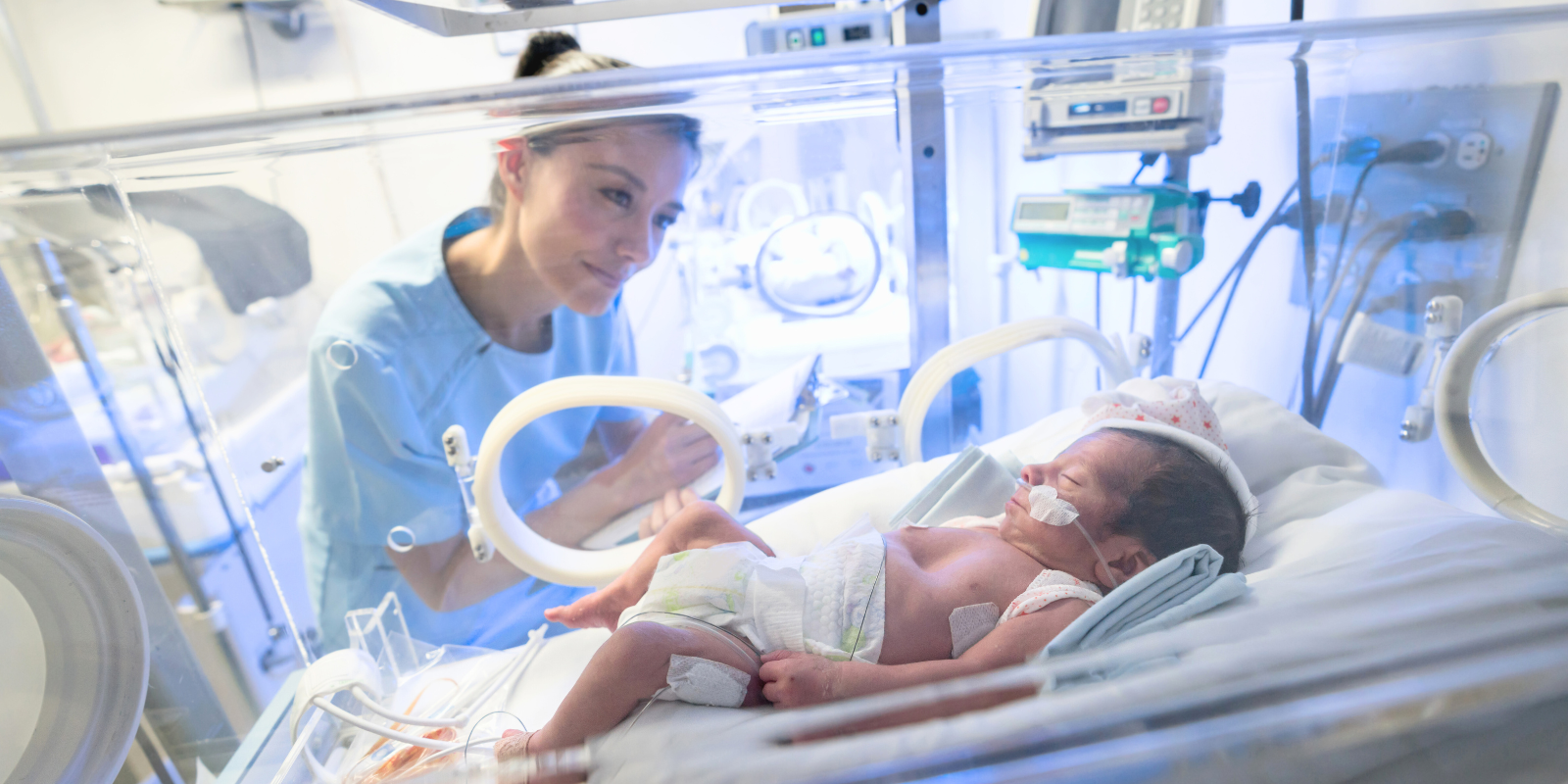For hospital workers, face masks are a part of daily life, but prolonged use and ill-fitting masks may be the reason for dry eye symptoms.
New research from the University of Colorado Department of Ophthalmology finds that hours of wearing a mask, especially one that isn’t fitted around the nose, may negatively affect hospital workers with dry eye. The study, funded by the National Eye Institute, considered both humidity levels and airflow in front of the eyes as factors that could impact dry eye symptoms.
Additionally, the researchers incorporated qualitative interview data, adding a layer of depth to their findings and providing a more nuanced understanding of the issue.
“Scientific literature suggested that prolonged face mask usage could potentially negatively affect individuals with dry eye, and the upward airflow by unfitted mask-wearing might contribute to ocular dryness,” associate professor Tianjing Li, MD, MHS, PhD, director of the Cochrane Eyes and Vision US Project, says of the research she led.
“However, the available studies yielded inconsistent results, and none of them had measured the humidity levels in the immediate eye area. This intriguing gap in knowledge promoted our team to delve into the matter further,” she continues. “We also aimed to investigate whether dry eye symptoms and indicators varied based on proper mask fit and usage, and if disparities were observed across different types of hospital workers.”
The researchers recruited 20 clinical and 21 non-clinical hospital workers from UCHealth with self-reported symptoms of dry eye and prolonged face mask use. To understand their dry eye problems better, the researchers used questionnaires to ask about their symptoms. They also studied the health of the participants’ eyes, checking the surface of the cornea and the clear covering of the eye. They measured how long it took for the tear film on the eyes to develop dry patches and used special imaging to look at oil glands in the eyelids. They also checked the humidity around their eyes.
People who had moderate or severe dry eye symptoms were invited to have a one-on-one interview to share more about their experiences.
Mixed opinions on mask types
About 90% of the people in the study said wearing masks at work made their dry eye problems worse. Although wearing masks made the air around their eyes more humid, 66% of them felt that the air moving over their eyes actually made them feel drier. The researchers believe that the increased airflow outweighed the benefit of the higher water vapor and the added moisture.
“Findings from the qualitative interviews supported the finding that use of face masks worsened dry eye symptoms, especially when face masks were not fitted around the nose,” researchers say. “The data did not suggest that non-clinical hospital workers experienced a greater impact of dry eye than clinical workers.”
While most participants reported that surgical masks had more gaps and air leaks around the nose, not everybody agreed that N95 masks were the better option for managing their dry eye. Three participants said N95 masks made their dry eye symptoms feel worse.
“Every time I would breathe, it was really tight enough everywhere else, but it would shoot up on the side of my nose, every time I would breathe, it’d shoot up towards my eye,” one participant in the study told researchers.
Others said they opted for an N95 mask because it offered a better seal around the face, limiting airflow that could escape to the eye.
“The N95 does a job of keeping your nose in, so there's limited air that goes through. And with the surgical masks, there's more pockets,” another participant recalled.
Educating workers
The CU researchers conclude that “health care providers and patients with dry eye should be educated about the discomfort and ocular surface health risks associated with inadequately fitted face masks.”
Many people with dry eye feel uncomfortable, like their eyes are dry, irritated, red, or even burning. They might be sensitive to light, have blurry vision, or feel tired eyes. If dry eyes aren’t treated, they can get worse and cause problems like eye inflammation, corneal surface abrasions, corneal ulcers, and, in some cases, vision loss.
Li, who experiences dry eye herself, says how air moves around your eyes is as important as the humidity levels.
"If you don't protect your eyes from drafts, like when you're breathing through a poorly fitted mask or sitting under a strong air vent, your symptoms may get worse," she explains. "You can make some changes, like turning off the vent or using a humidifier, but if the problems don't go away, it's a good idea to talk to an eye doctor who can provide personalized care."


.png)

.png)